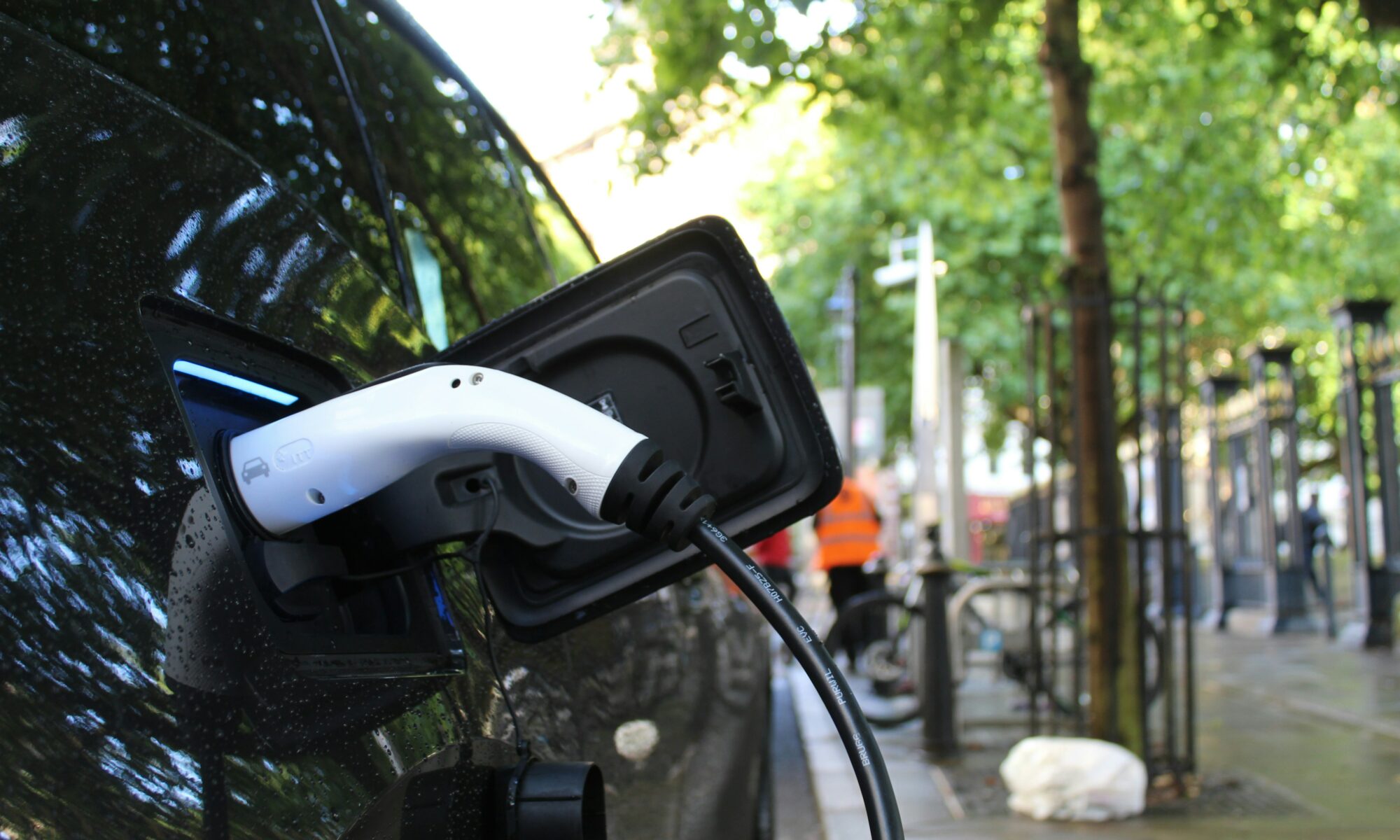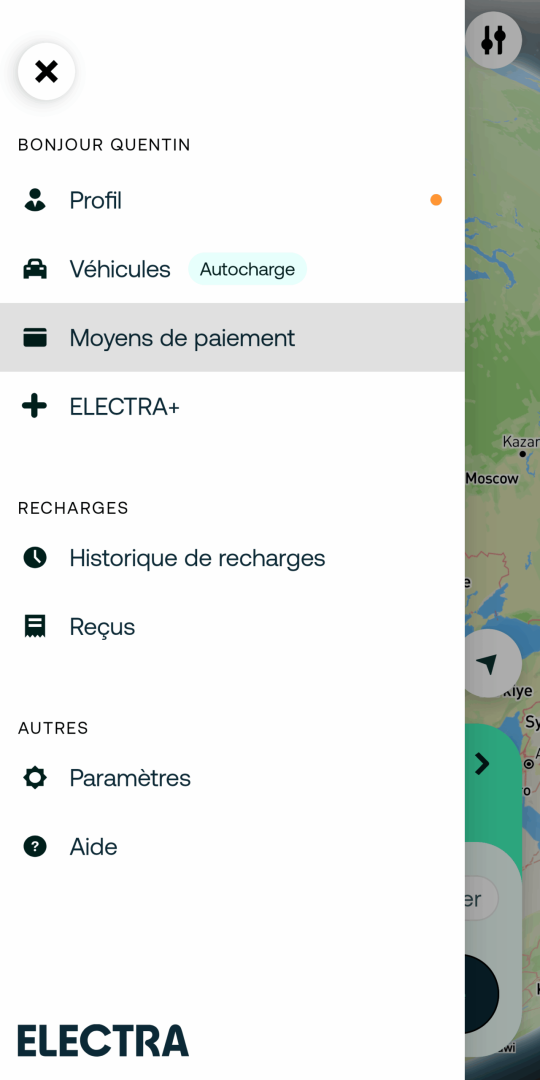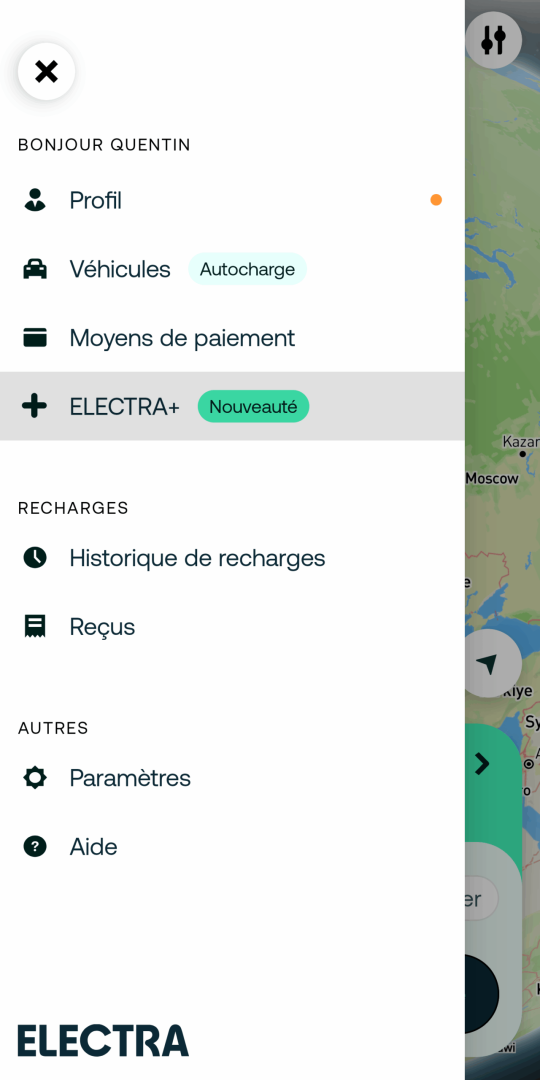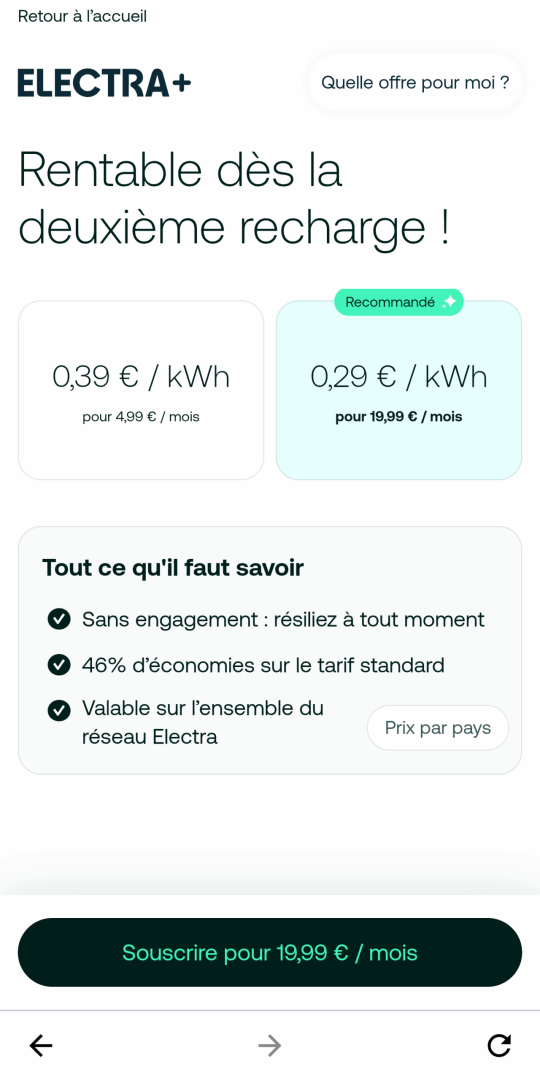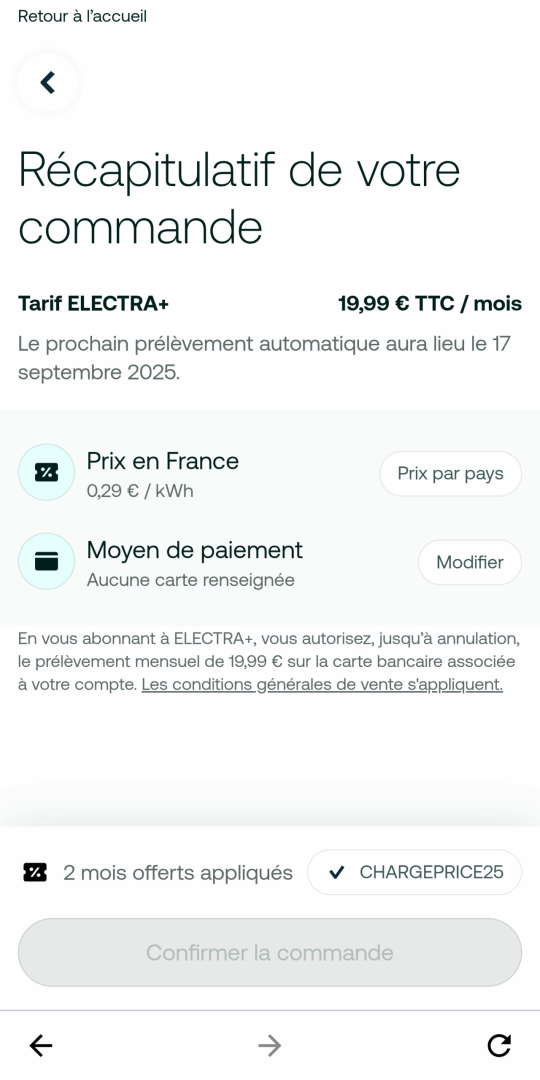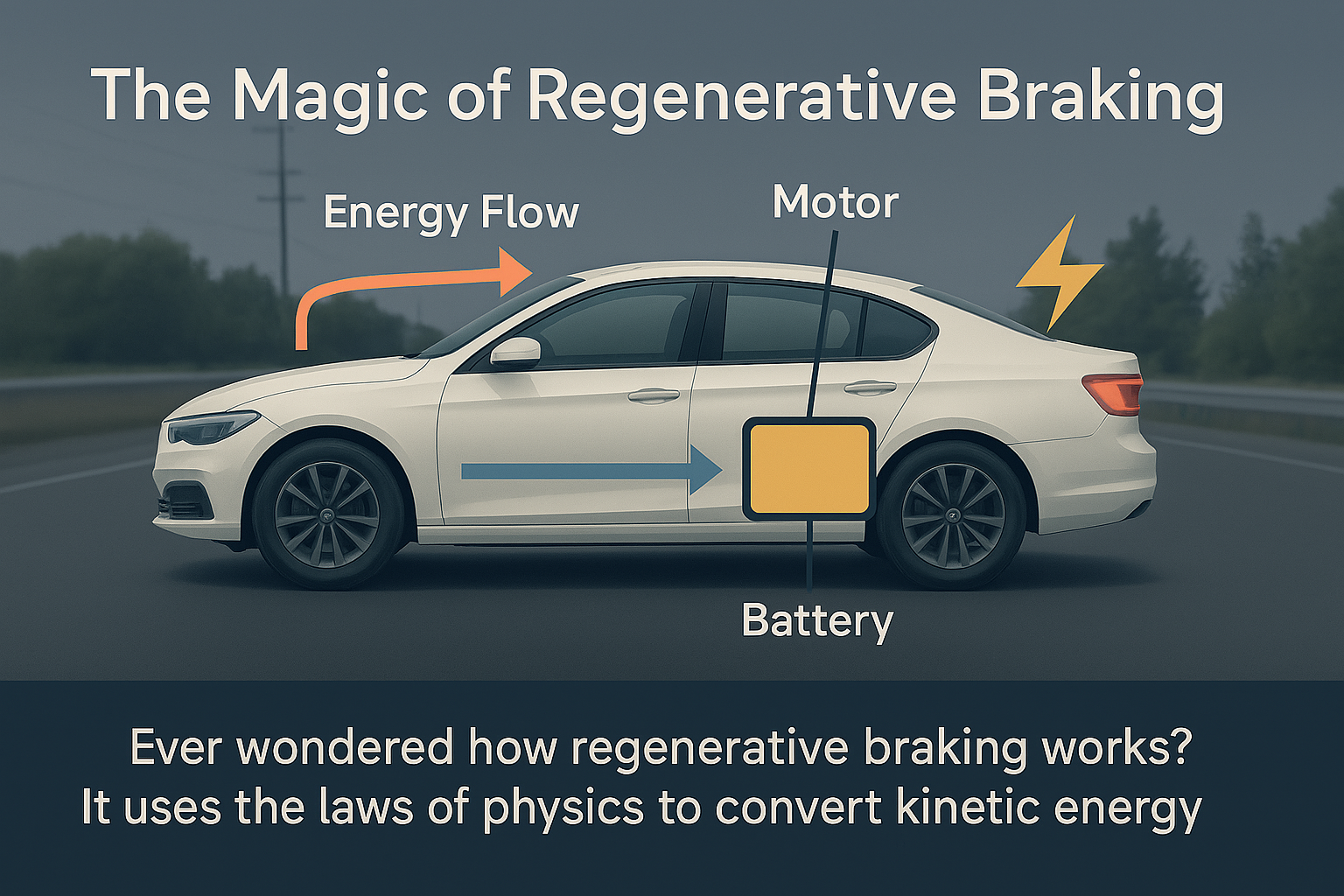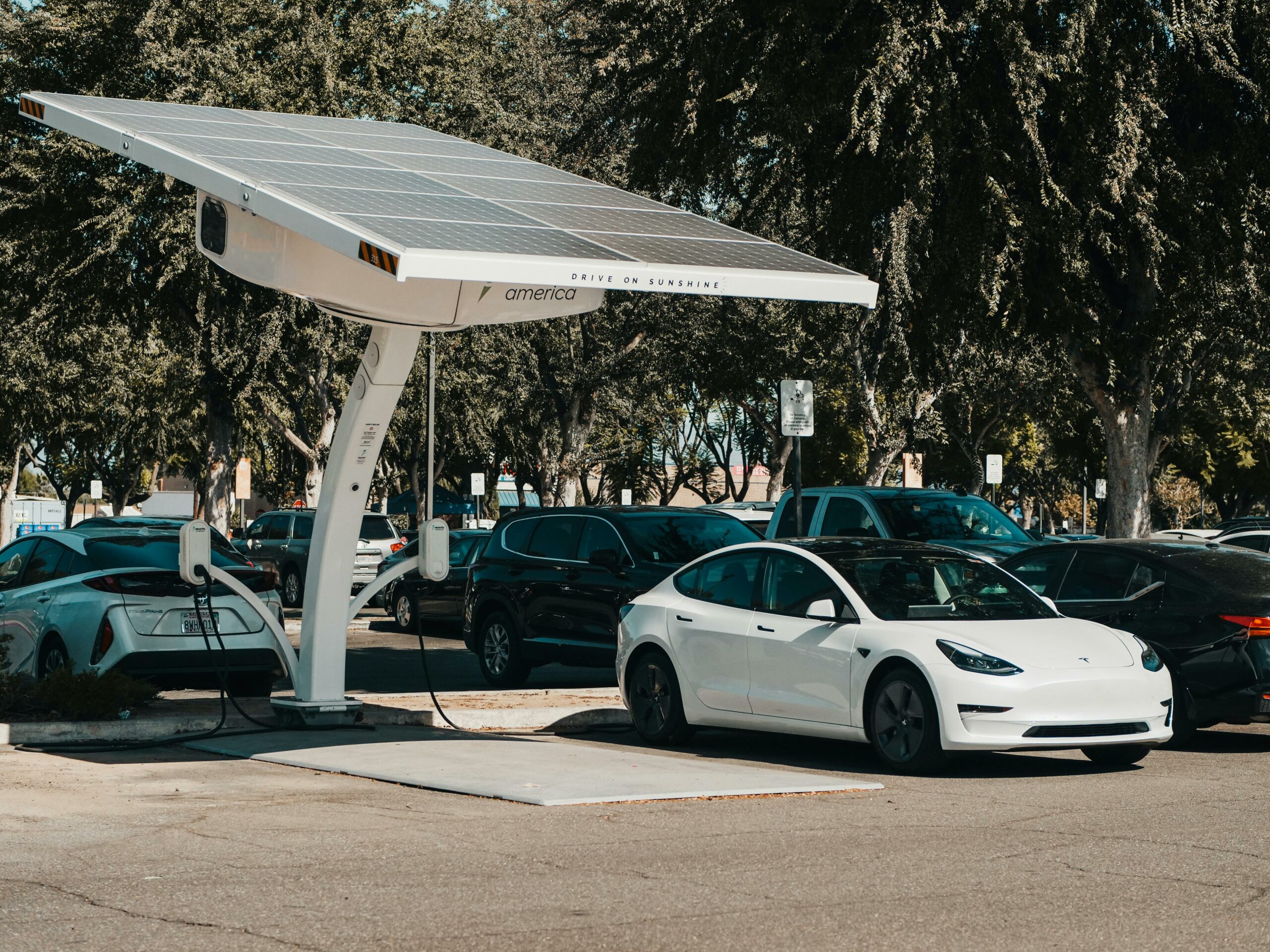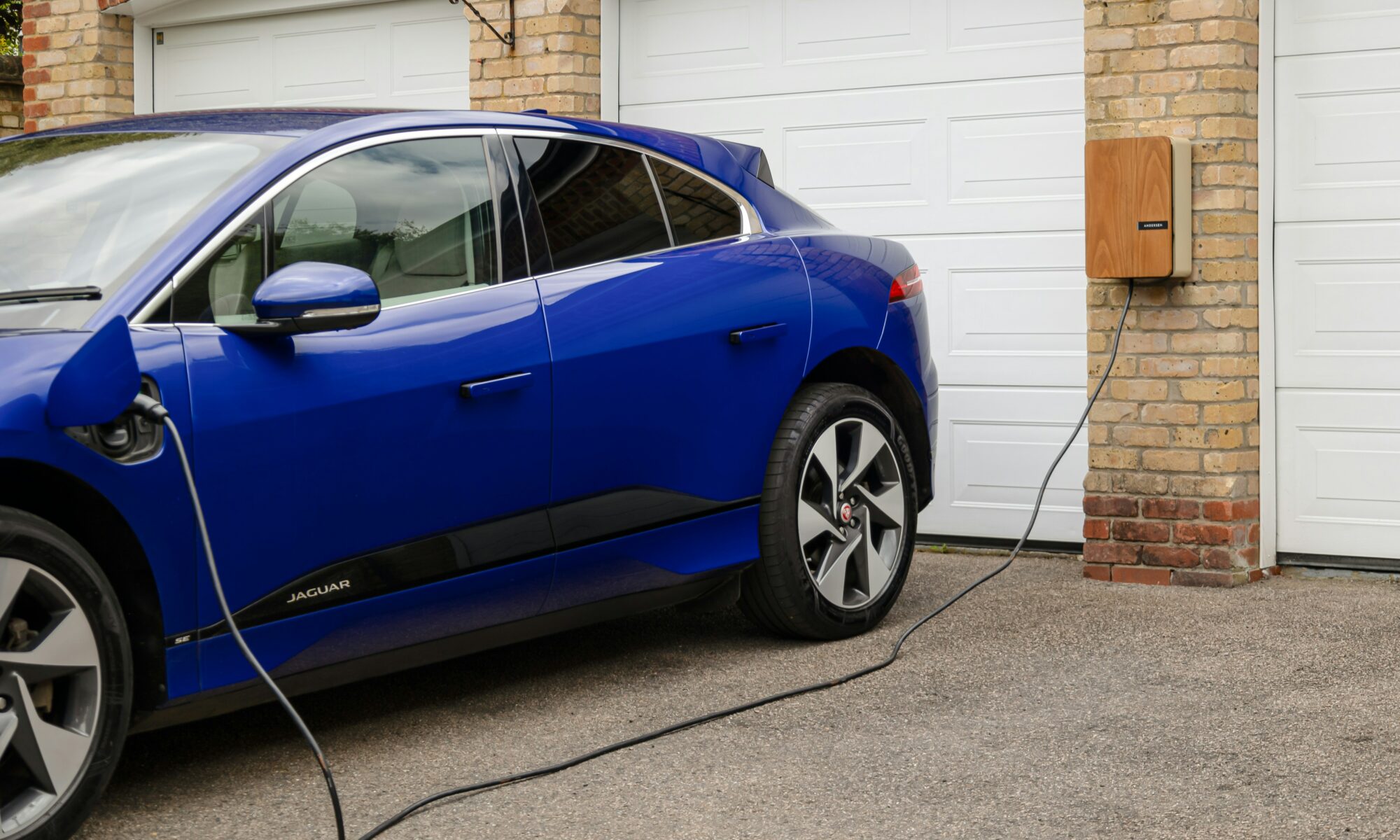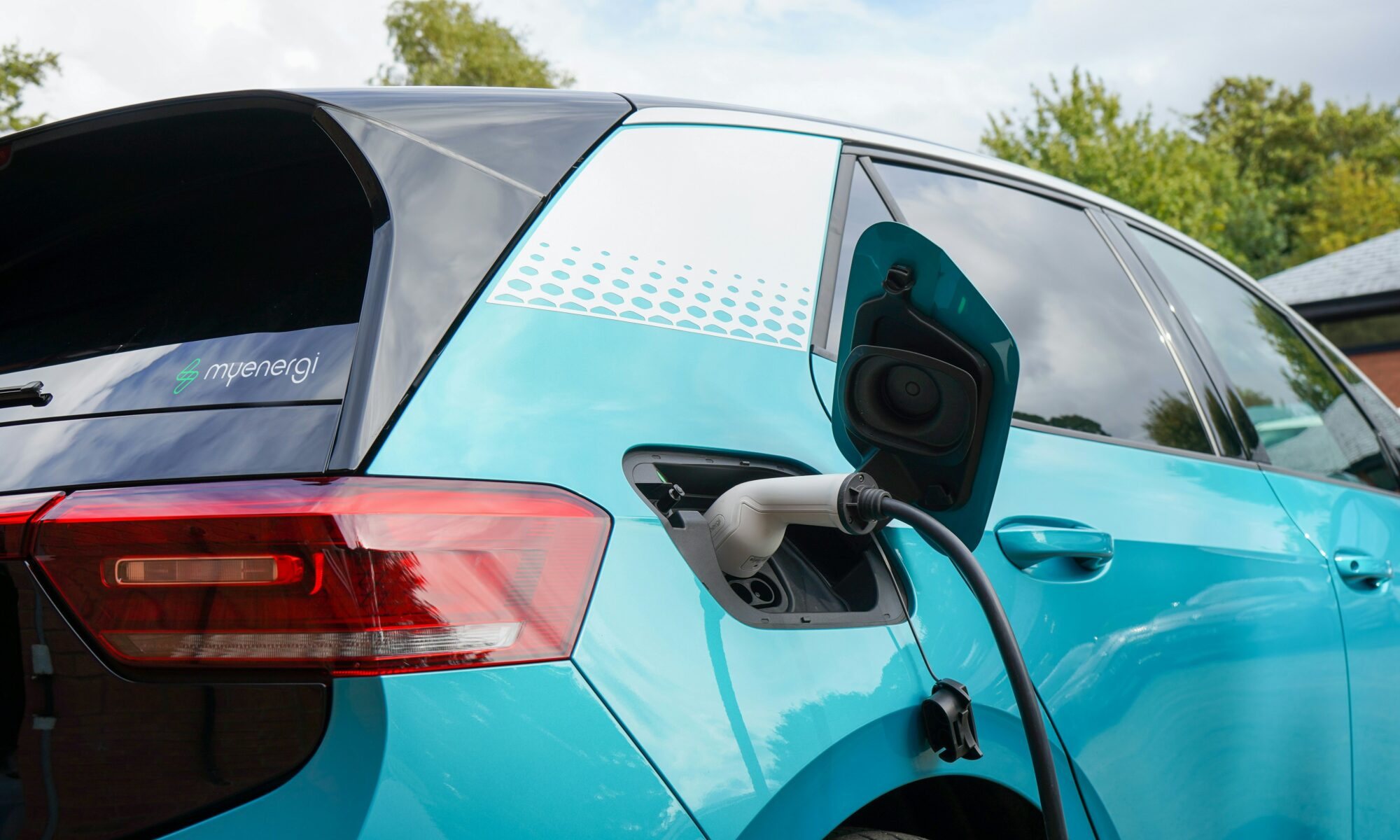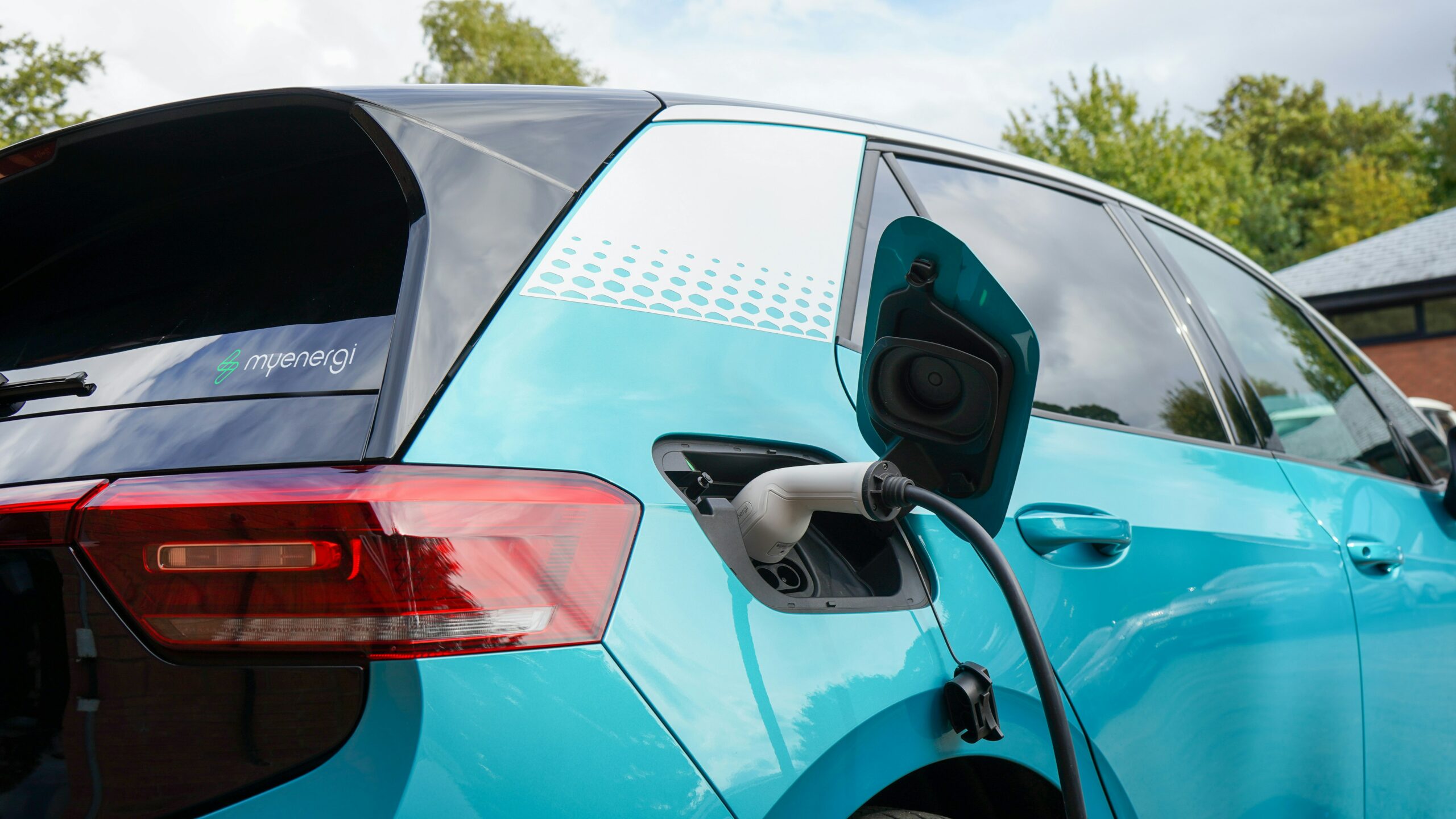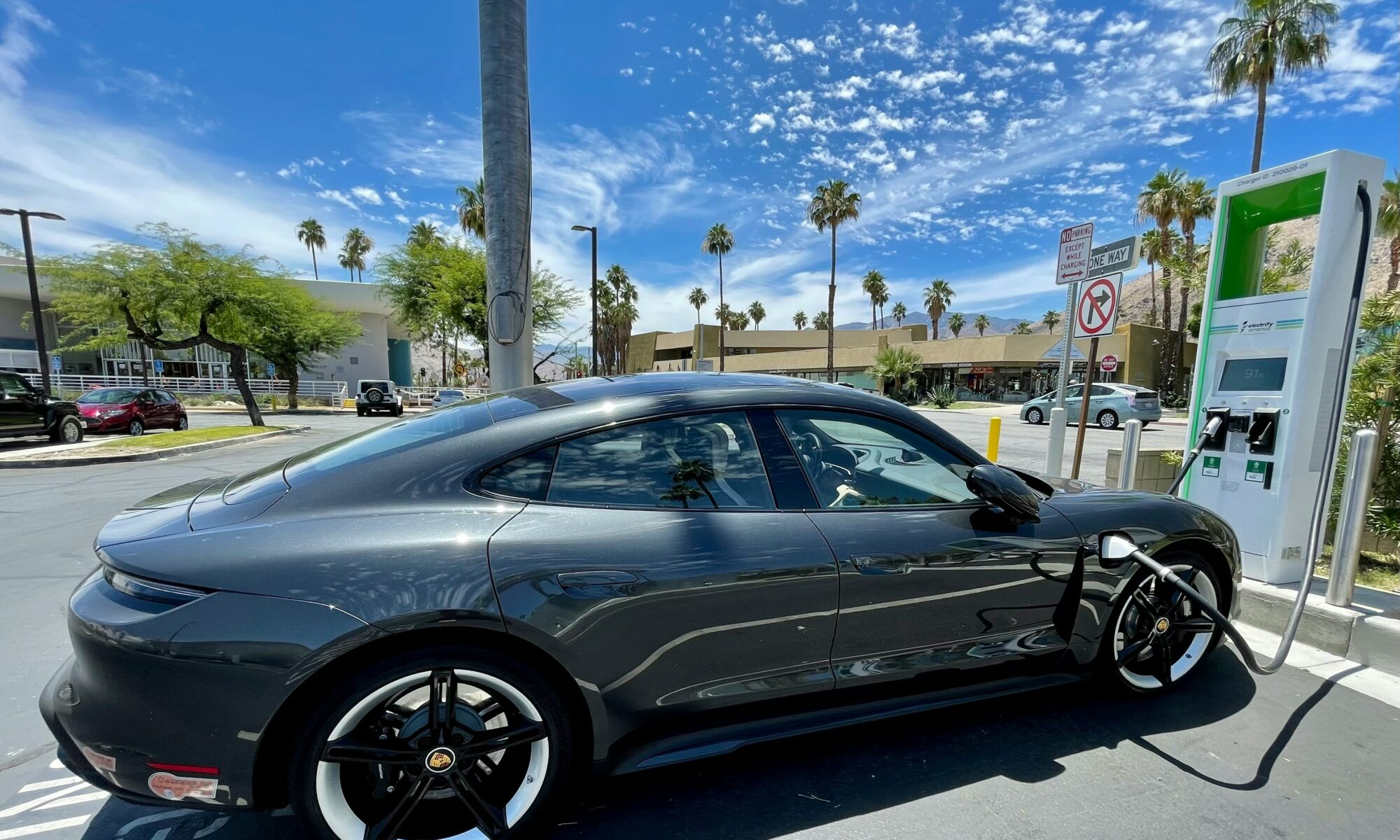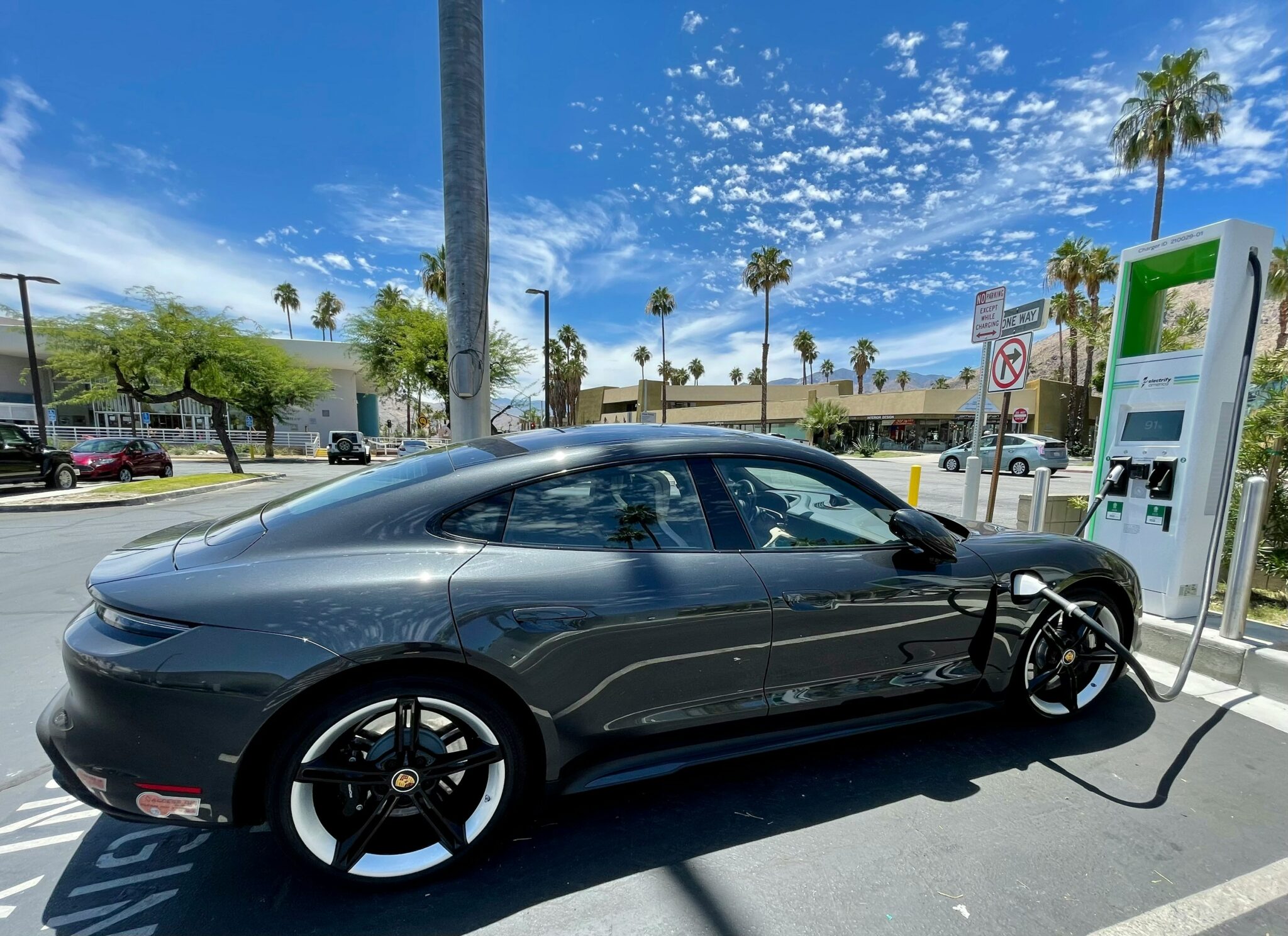Five tips to reduce your top-up costs
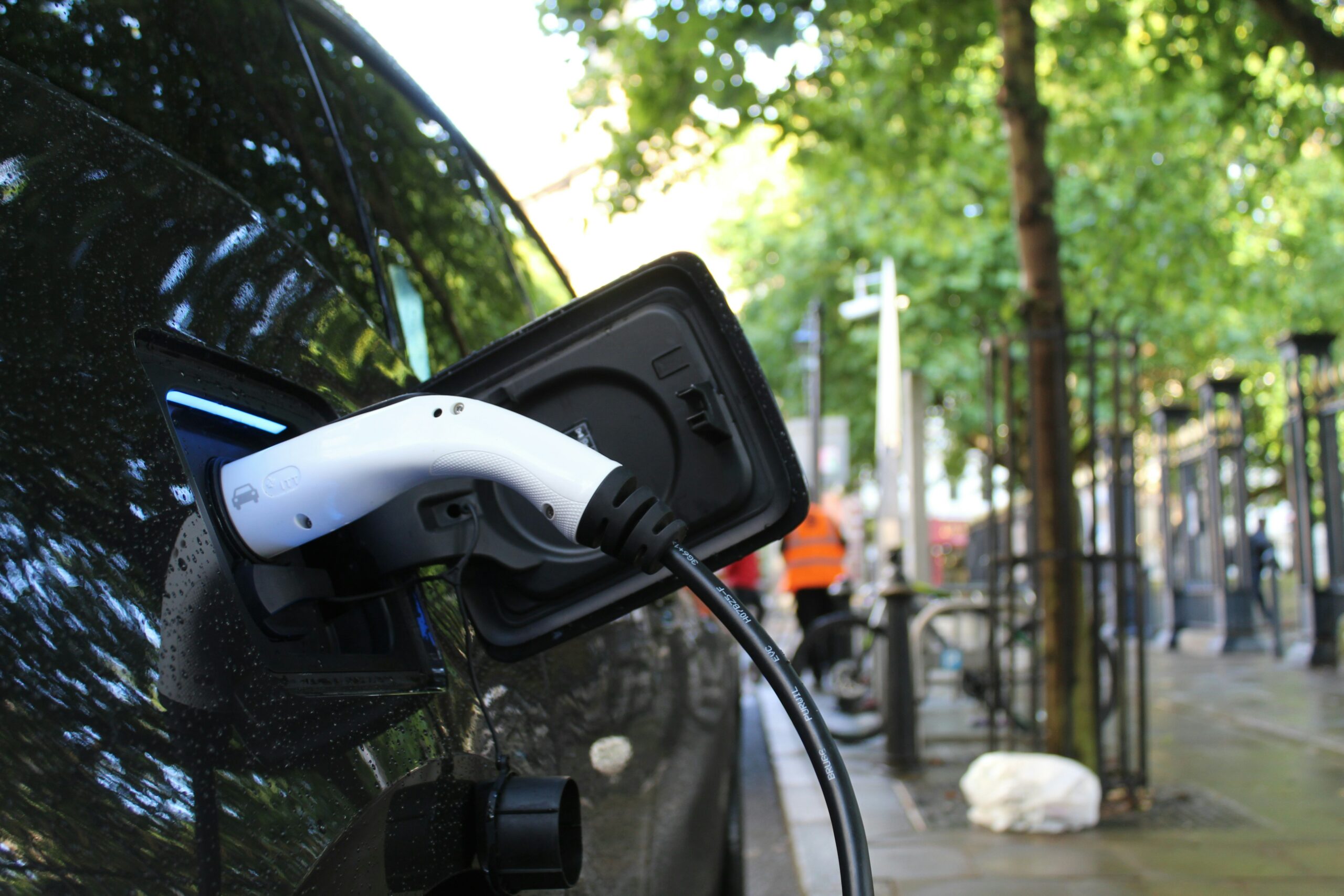
Public charging in Europe remains inconsistent: pricing models (kWh, minute, fixed fees), power ratings and commercial policies vary between networks and countries. As a result, the actual cost of a charging session remains difficult to predict without comparing prices beforehand. The five tips below are based on recent European analyses and data, to help drivers pay the right price.
1) Choose the right times
More and more players are testing different structures depending on the time of day (peak/off-peak), which can make certain time slots significantly cheaper. Chargeprice collects information on the final price for the user, highlighting the complexity created by the combination of kWh/min/session fees.
Tip: if your time constraints allow, target less popular time slots (evenings/early mornings) and check the actual rate before connecting.
2) Adjust the power to suit your needs
Ultra-fast charging stations (150–350 kW) save time on the motorway, but are often more expensive than 11–22 kW AC charging. The ICCT (2025 report) shows that power output, access mode (ad hoc vs. subscription/EMP) and location are three major determinants of price. theicct.org+1
Tip: for long stops (shopping, restaurants, hotels), AC is often more economical; save DC for journeys where you are in a hurry.
3) Compare before you plug in — and trust the data
Price differences between nearby stations can be significant, especially when kWh, minutes and fixed costs are combined. Use Chargeprice to compare station (POI) rates and the estimated cost in your area. Compare now with chargeprice.app
4) Take out a subscription... only if it suits you
Subscriptions can significantly lower the unit price, but only if your frequency and preferred networks justify it. The ICCT points out that access via subscription/EMP can substantially change the final price depending on usage patterns.
Tip: simulate the cost-effectiveness of a subscription based on your actual usage.
→ Premium tip: with Chargeprice Premium, save your subscriptions (Electra+, Ionity, etc.) to automatically see the prices that apply to your profile.
5) Enable alerts and price monitoring
Fast charging should not be banned, but used wisely. Like an espresso: excellent for a quick boost, but not recommended for daily consumption. To preserve your batteries, opt for slow charging and keep fast charging as a backup solution. And tomorrow, thanks to innovation, speed and longevity could finally go hand in hand.
In summary
Off-peak hours whenever possible.
Power adapted to usage (AC for long stops, DC for short stops).
Systematic comparison before plugging in (Chargeprice).
Alerts & monitoring to capture the best rates.
→ Download the app: chargeprice.net
→ Try Premium (alerts, subscriptions taken into account, enhanced comparison): chargeprice.net

